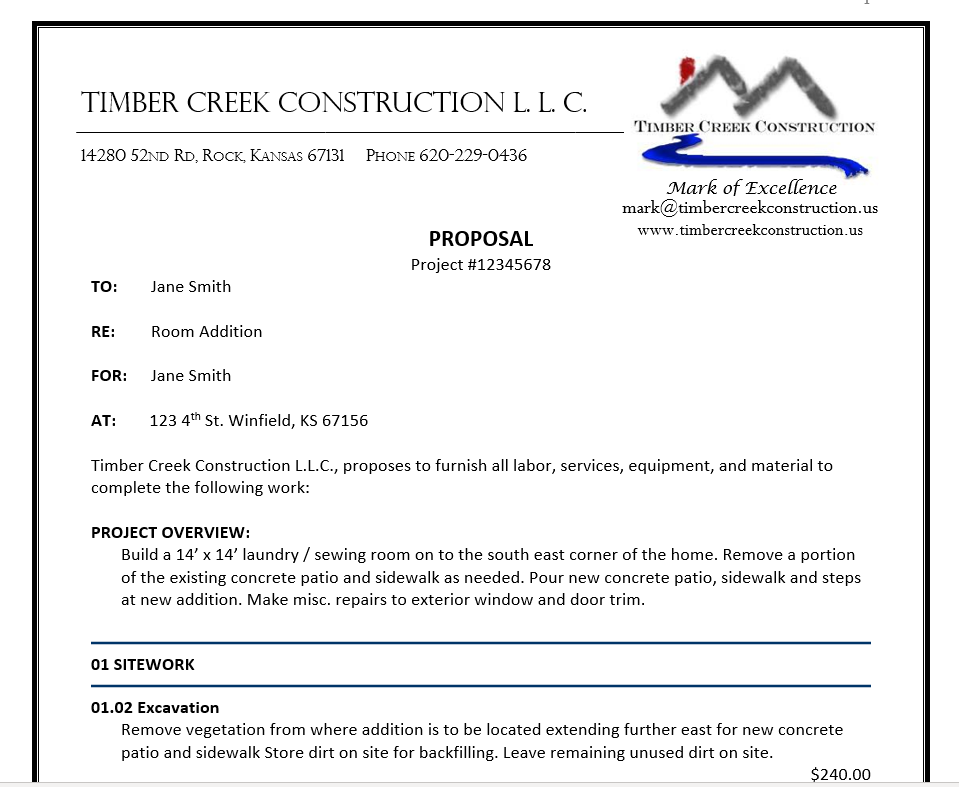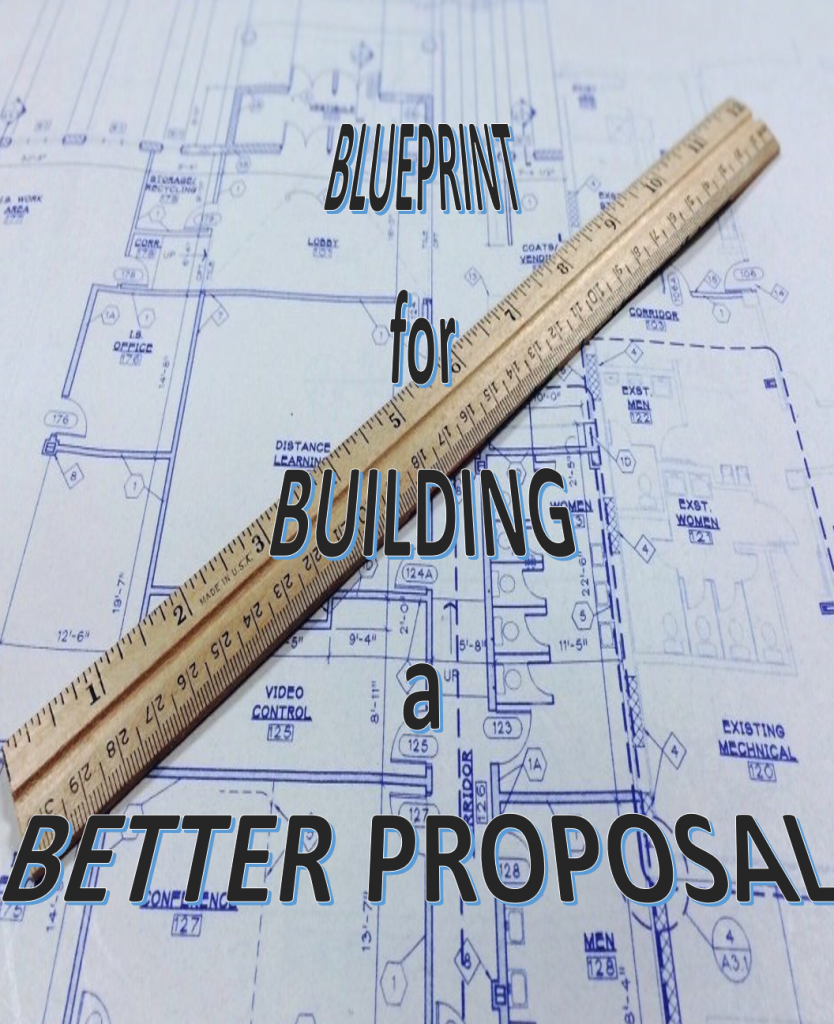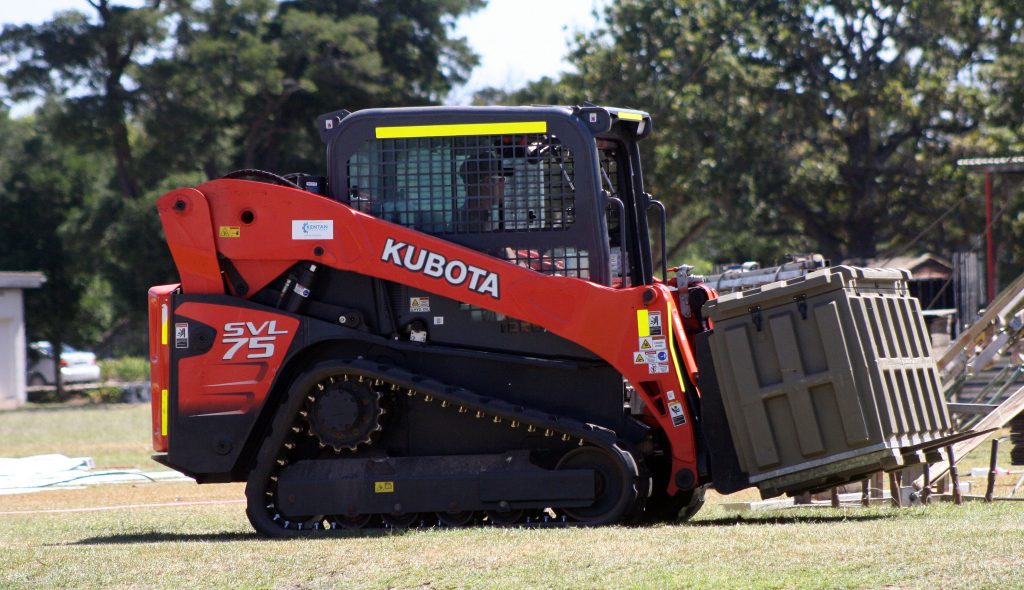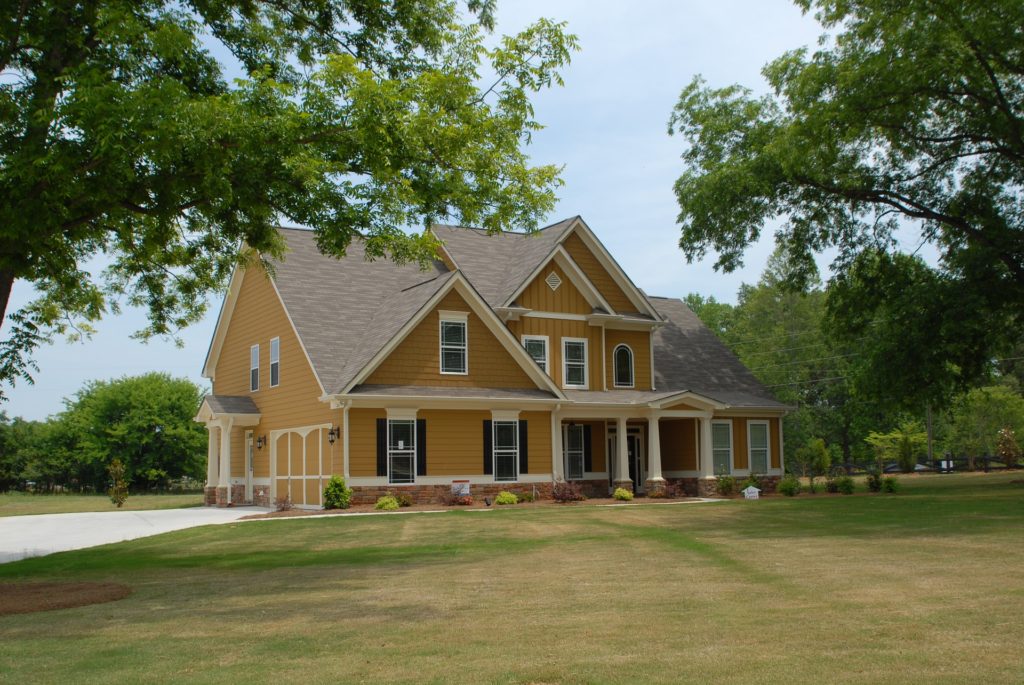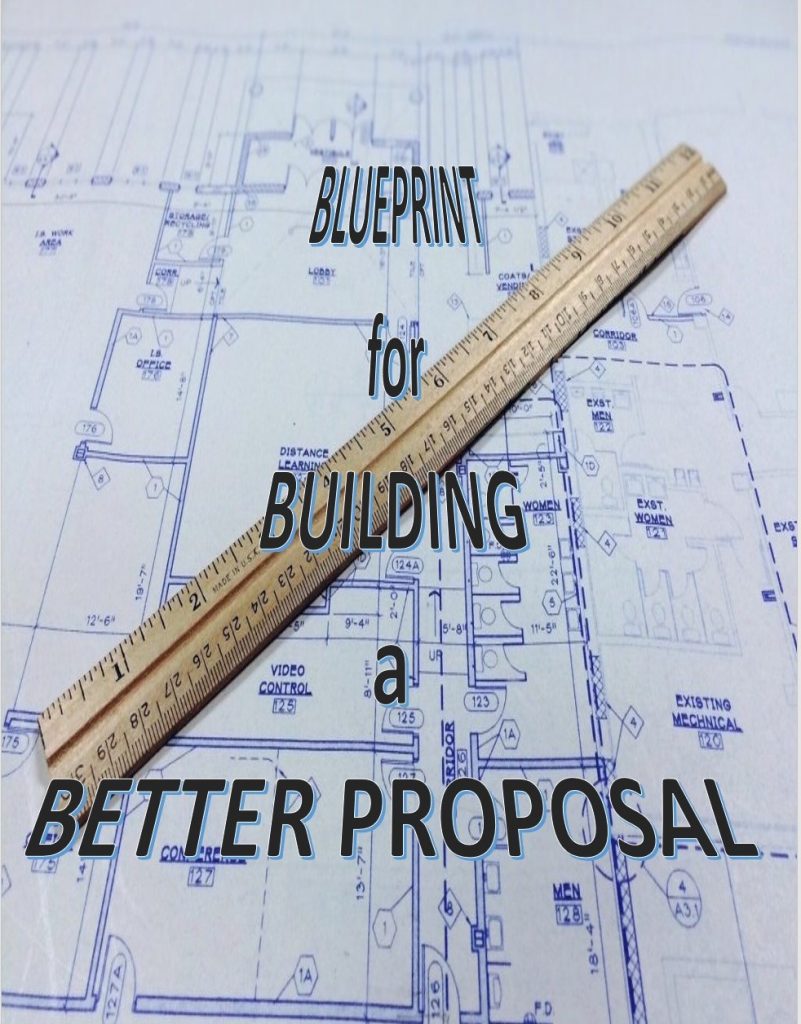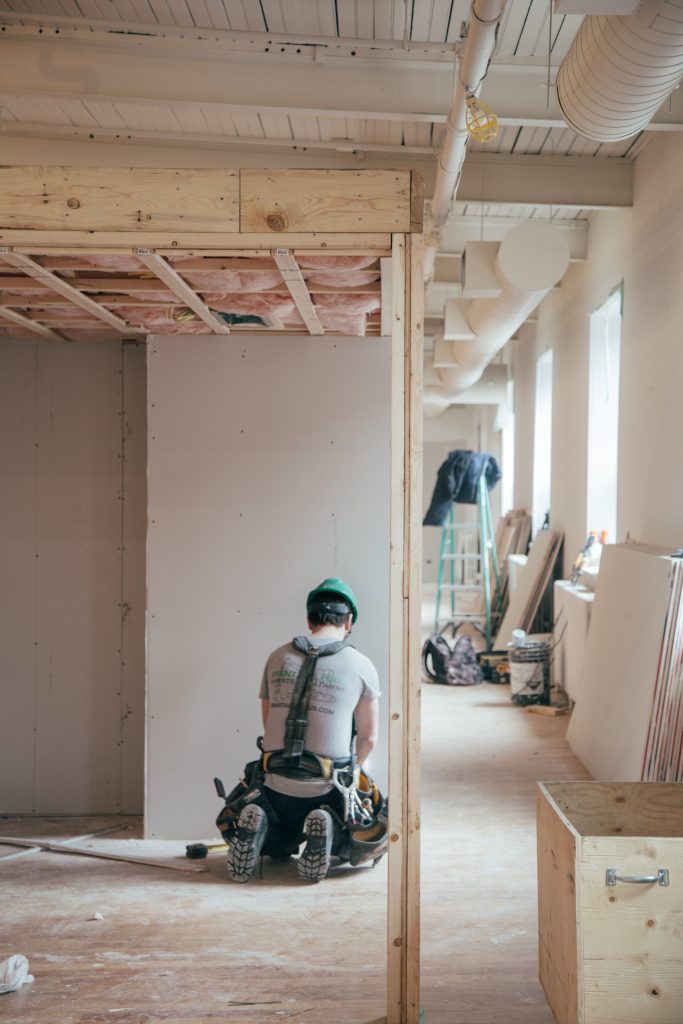Six Ways to Find the Right Builder for You
When we called a customer to give them production schedule plans for their construction project, they were relieved to hear from us. They hadn’t heard from us since we met to sign paperwork and get their first payment, a few days earlier. They were concerned that we had gotten their money and weren’t coming back.

I read a study once years ago that ranked building contractors below used car salesmen. This is not to say that all used car salesmen are bad, but they have, over the years had a stigma of…shall we say…not being the most honest and trustworthy. For builders to have been ranked below them was very confusing and a little disturbing. I then realized that I viewed customers differently than a lot of builders. For me they aren’t just customers, a project or just a way to earn money. They’re friends. When considering the spending of money to have a construction project done, sometimes a lot of money.
Having a friend who is looking out for you and has your back the best plan?
We’ve all heard the stories of the “storm chasers” that came through town after a storm. They get money for material and then never come back to do the work. What about the guy that was laid off from ‘his job’? He has a pickup, a hammer and a skill saw, heck he can build a deck for his buddies’ cousin. Oh, don’t forget the kid that worked for a contractor for a couple of months and got fired because he wouldn’t show up to work. He’s now an experienced contractor.
As a customer you can find a builder that will help you bring your ideas to life and has your best interests at heart.

To do this you need to know what to look for, so you can find the right builder for you. Here are six things I would recommend when considering which builder, you should hire. –
- Word of mouth – This is the best form of advertising. Find someone that you know and trust that has had a building project done. Ask them who they used. What their experience was like. This will give you a view from someone independent of the industry with nothing to gain.
- References – Don’t be afraid to ask builders for references. This is a good way to find a variation of ‘word of mouth’ and in addition to people that you know. A builder should be able to supply you with 3-5 names of past customers that you can follow up with. If not, you should proceed with extreme caution.
- Professionalism – The level of professionalism will very between contractors. There is no one specific style or level that should be used in every instance. What you want here is to know that this builder takes what they are doing seriously. You should be concerned if you get a hand-written estimate on a napkin.
- Experience – This comes with time. Not every qualified builder has years and years of experience, but the more years the more experience. You don’t want to hire that ‘experienced contractor’ I referred to earlier that was fired for not showing up to work.
- Communication – Even small and simple projects require communication. Of course, the bigger and more complex the project the more important it is to communicate. In today’s world there are all sorts of ways to do this. The specifics of how aren’t as important as the doing it is.
- Compatibility – This is the bottom line when it comes to determining who to use. Depending on what is important to you, what your focus is for your project. Find a builder that shares those core values. Each and every one of us is different. Take the time to get informed and find the best fit for you.
Too many times I’ve become aware of construction projects going badly, leaving customers feeling abused and abandoned. I have heard too many people say the worst experience of their life was a construction project.

A construction project should be one of the best experiences of life, not one of the worst.




